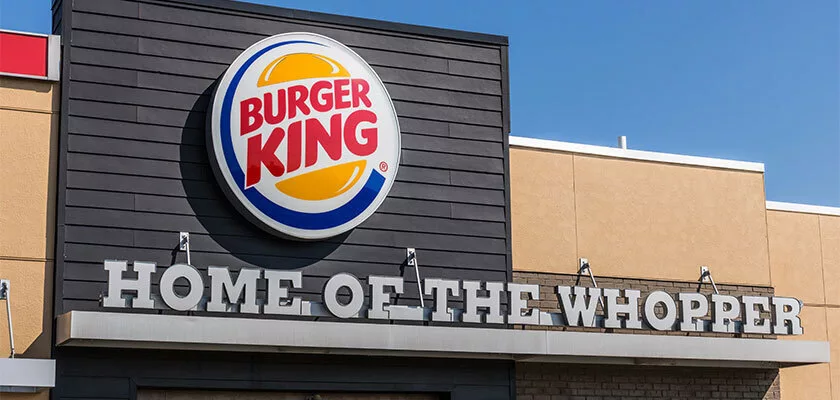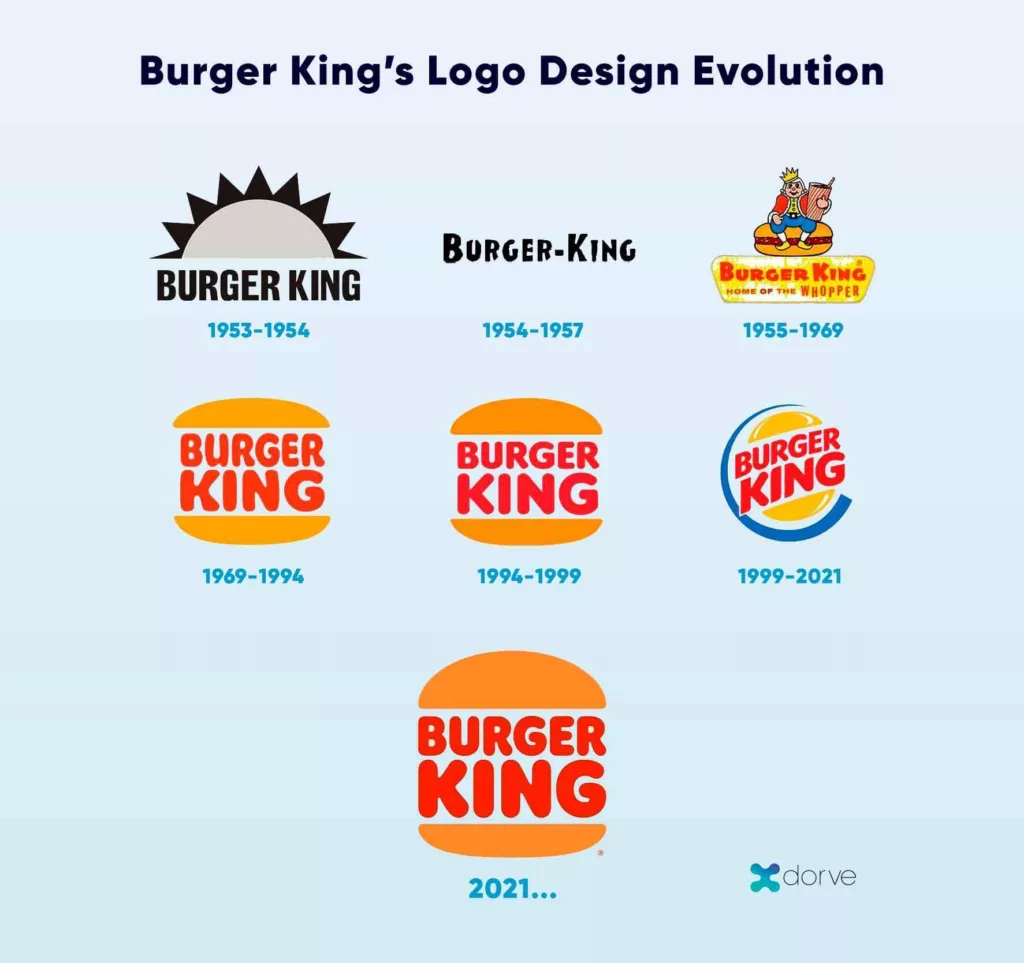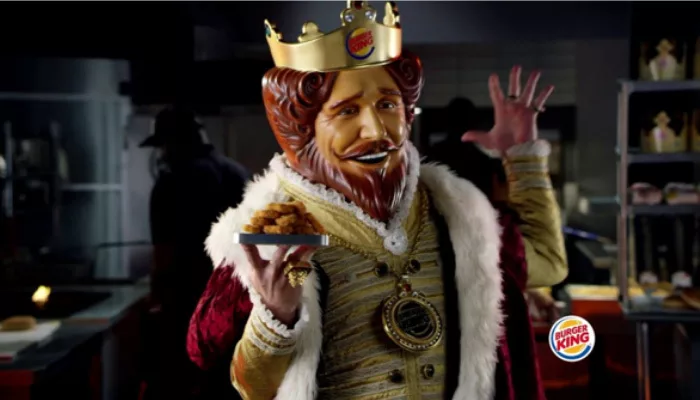5 Examples of Burger King Marketing & Advertising Strategies
Founded in the year 1953, Burger King changed hands many times and underwent multiple transformations in how they approach advertising. Through the 1970s and up until the 2000s, Burger King marketing strategy was handled by numerous restaurant marketing agencies,...

Founded in the year 1953, Burger King changed hands many times and underwent multiple transformations in how they approach advertising. Through the 1970s and up until the 2000s, Burger King marketing strategy was handled by numerous restaurant marketing agencies, but none of them are as creative as its recent wonders.
History of Burger King
Initially called “Insta-Burger King”, the restaurant was sold to Miami-based franchisees James McLamore and David Edgerton only a year after its opening. In 1955, the Burger King character was created. The Whopper was launched in the 1957, while McDonald’s still sold burgers tiny in comparison. Within 2 years, Burger King released its first television commercial, then established its franchising system. Following decades are a wild ride. Four acquisitions and a merger between 1967 and 2002 are followed by the final Tim Hortons merger in 2014 to form a new parent company called “Restaurant Brands International”. Now, the restaurant chain has over 18,000 stores in nearly 100 countries.

Rebranding of Burger King
Going along with many acquisitions and mergers, Burger King brand identity changed regularly. The Burger King character was used as a logo between 1955 and 1969 but then more simplistic designs featuring a burger was favored. In 2002, the new management tried to undo decades worth of unsuccessful advertising by going with a fresh creative team. Burger King’s marketing strategy after that targeted the 18-35 demographic. The brand established a new online presence and the new ad campaigns redesigned the Burger King character now nicknamed “The King”.

But when the recession hit in 2008 and affected Burger King’s targeted demographic, the brand faced another acquisition. Eventually that meant a new creative agency, and saying goodbye to The King. The new Burger King marketing strategy was focused on the food and the ingredients with a wider segment of customers to target. The food-first approach came with seriously creative marketing that was not afraid to make fun of the world, snark at competitors, or make current statements.
Burger King Advertising Campaigns and Marketing Strategies
Creative marketing strategies of Burger King in the recent years certainly have a sense of humor that connects well with its customers. Let’s have a look at a few examples, and it’s ok to giggle a little.
Traffic Jam Whopper
In 2019, Burger King advertising strategy targeted the motorists stuck in the Mexico City traffic jam. Using real time data like location and speed, billboards along the route displayed remaining time in traffic and how much time the drivers had to order directly to their cars. Food delivery by couriers on motorcycles combined with personalized messaging on digital billboards made the Traffic Jam Whopper Project an instant hit. It was a genius move among their other promotion adaptation examples. The campaign brought a 63% jump in food delivery orders in the first week, and led to a 44-fold increase in app downloads.
Whopper Detour
McDonalds’ marketing strategy may be unique branding, Burger King’s is taunting the clown. This isn’t even the first time. In Scary Clown Night campaign, Burger King offered a free Whopper to anyone who dressed as a clown on Halloween. The Whopper of a Secret campaign revealed that in every piece of Whopper ad released in 2019, there was a Big Mac hiding, but it was so small that no one noticed. Whopper Detour, on the other hand, brought the fight to its competitors own house. The initiative encouraged app users to visit a nearby McDonald’s to unlock a Whopper. The jokesters behind this marketing strategy deliberately sent traffic to McDonald’s only for them to bolt after a second for a Whopper. Those at the office must be having a field day.
Burn That Ad
The trolling never ends with Burger King marketing strategy, but the restaurant chain aimed at all its competitors with this one. Burn That Ad was a sneaky campaign. All the advertising material Burger King competitors released into the wild ended up promoting the Whopper burger. The way it worked was, anyone could aim the Burger King app towards the advertisements of its rivals to “burn” it in virtual reality and the flames would reveal that they have won a free Whopper. This was a show of mastery in brand awareness. For the duration of the campaign, whenever a customer saw a promotion of one of the fast food chains, they thought “Whopper!”
Collaborations of Burger King’s Marketing
With these, Burger King marketing strategy is co-branding. During the pandemic, the brand partnered with TikTok to create Whopper Dance Challenge. Burger King wanted to engage with the users of the rising social media platform and also capitalize on the unspoken platform trend to turn everything into a dance challenge. It’s simple: you participate, you get a Whopper for $1.
In 2022, the chain teamed up with Activision to transform a Burger King store into the Burger Town restaurant of Call of Duty: Modern Warfare, complete with a gamig hub set up for customers to play. This campaign was supplemented with Call of Duty-themed meals and perks for the game like skins and double XP.
Burger King’s advertising campaigns don’t lose touch with pop culture, either. The tongue-in-cheek meal Upside Down Burger, promoting the third season of Stranger Things, was a hit. Recently, a similar marketing strategy was followed with the “Spider-Verse” Whopper to ride the hype around the latest Marvel production.
Whopper Whopper (Whopper Whopper)
In the fall of this year, Burger King debuted its “You Rule” advertising campaign. This time the Burger King strategy hid the franchise’s mascot, the King. Instead, Burger King marketing strategy treats the customer as royalty. It’s alright for an ad, but the jingle is another story. Tom Curtis, Burger King US President, admits that he didn’t like the song, found nothing special about it. Millions disagreed with him, though. The song went viral. Upon popular demand Burger King released it on Spotify where it reached 3.3 million streams. Memes on Twitter and TikTok boosted popularity, too. And that’s how Burger King surprised itself with its marketing strategy.
Briefly, Burger King’s out-of-the-box marketing strategies get the job done in the most interesting ways. Want to follow in its footsteps? Check out our digital marketing agencies and let’s see how creative we get.

 Troov
Troov 











.jpg)












.jpg)








